Dynamic Creatives for Programmatic DOOH
Since Programmatic Digital-Out-Of-Home (DOOH) is getting more popular, it also brings questions about how we could take an advance it. One of those advantages can be Dynamic...
Filter by Category
Filter by Author

Since Programmatic Digital-Out-Of-Home (DOOH) is getting more popular, it also brings questions about how we could take an advance it. One of those advantages can be Dynamic...
Posted by Wojtek Andrzejczak

Guide on how to create a Dynamic Profile in Google Studio. It is first to step to build Dynamic Creatives.
Posted by Wojtek Andrzejczak

Learn how to improve HTML5 creatives loading performance and avoid common mistakes.
Posted by Wojtek Andrzejczak

While preparing HTML5 creatives that contain an embedded video file, we face a few common problems, mostly on mobile devices.
Posted by Wojtek Andrzejczak

Since Programmatic Digital-Out-Of-Home (DOOH) is getting more popular, it also brings questions about how we could take an advance it. One of those advantages can be Dynamic Creatives which are commonly used in display Programmatic network.
Programmatic Digital-Out-of-Home (DOOH) is the next digital stage of the Out-Of-Home (OOH) media evolution.
The difference between Programmatic DOOH and DOOH is that advertisers start having more control over the content and targeting options used to deliver advertising materials to the potential audience.
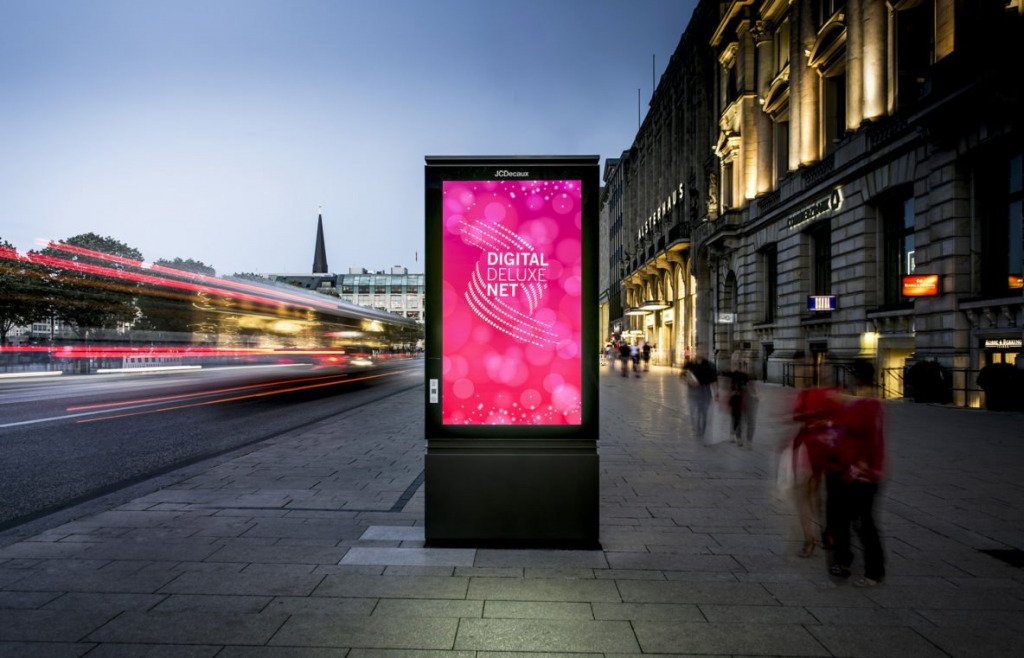
In the standard Programmatic world, delivering media content to the user requires using a Web Browser or a native app on his mobile device while connected to the internet.
Unfortunately, this is a little bit complicated for DOOH right now. Each screen would need to be connected to the internet and be capable of displaying HTML5 Rich Media creatives. Additionally, there is a security aspect to avoid situations when a screen is hijacked and/or very “unwanted content” is displayed in the middle of the city to multiple users/pedestrians.
We currently see more and more screens aligning with the concept of being a part of the programmatic network. But it will take time until we will be able to utilize its potential fully.
It is also important to remember that various locations have brand and content restrictions. For example, shopping center A does not allow to display of any ads related to company/shopping center B. There are also technical regulations if the HTML5 creative can have animations/transitions or if they allow just switch screens with the content.
Let’s start by explaining the meaning of the work Dynamic. Dynamic describes a capability of adjusting its properties or functionalities while being in motion.
Dynamic Creatives represents an extended functionality of the classic HTML5 creatives where we can control its content and behavior depending on external factors.
The easiest way to explain Dynamic Creative’s use case is to have a retargeting campaign for all visitors on our website. But we want to show them their last product that they have visited on our website. Since our website has thousands of thousands of products, preparing HTML5 creative for each product is pointless.
Dynamic Creatives can catch the last visited product on the website and display it to the user. And each time the user will visit a different product, our creative will also display the user’s last visited product.
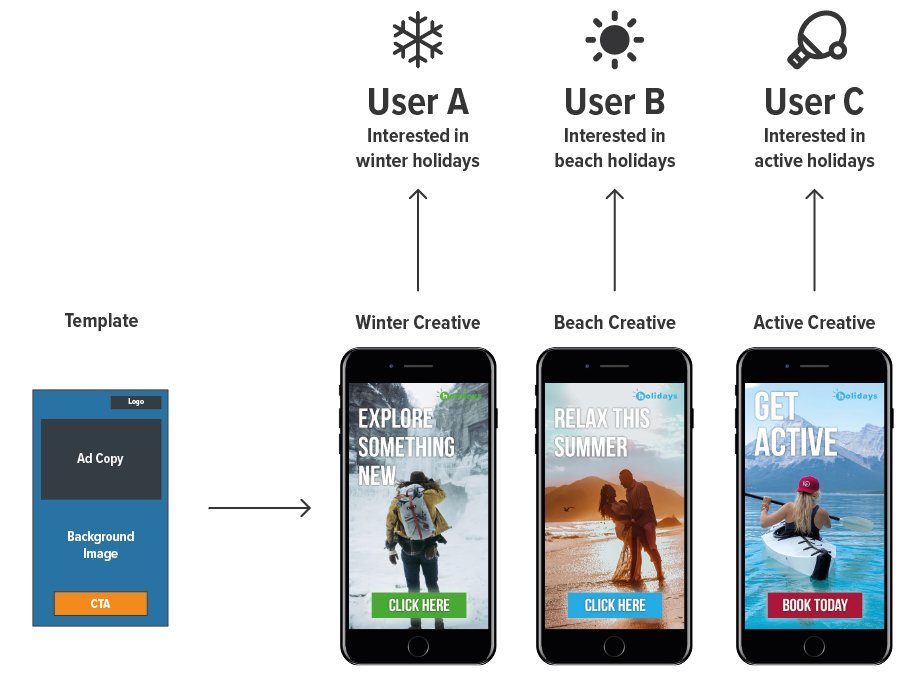
Dynamic Creative can also use one common template for multiple variants, like weather and context like on the example presented above.
First of all, Dynamic Creatives are not a solution for everything. They have its own use case where they solve many problems.
Dynamic Creatives make sense when we have many possible combinations of content to be delivered at various times and places. It is also helpful for running a long-term campaign (1year+) or multiple smaller product-focused campaigns. So, instead of preparing new HTML5 creatives each time, we could use the same creatives but different “dynamic” configurations.
DOOH offers multiple places, screen sizes, and locations. In addition, with the integration into the Programmatic network, advertisers will seek an innovative and automation solution to manage their campaigns, as they do with their current display campaigns.
The use of the Dynamic Creatives in the context of DOOH would allow advertisers to create a unique campaign setup and use multiple content combinations across multiple campaigns.
For Dynamic Creatives, the main part is Dynamic Feed. Dynamic Feed is, in most cases, an organized Google Spreadsheet containing all necessary data and logic. In the example below, we’ll focus just on the most important sections.
Dynamic Feed contains complicated logic behind it. Google App Script attached to the Spreadsheet automatically makes all calculations and combinations. Every time for each dynamic feed, it is required to customize it to meet each use case requirement individually.
As first most important configuration section we need to define primary parameters like:
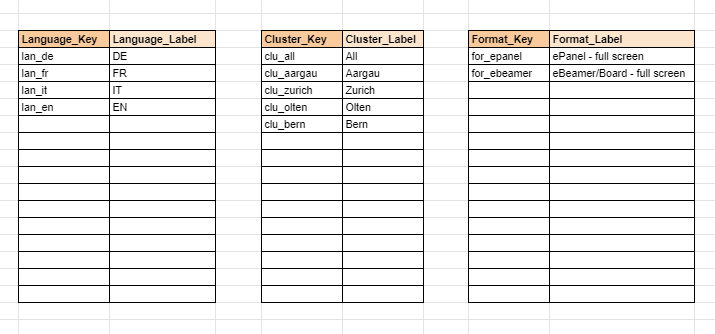
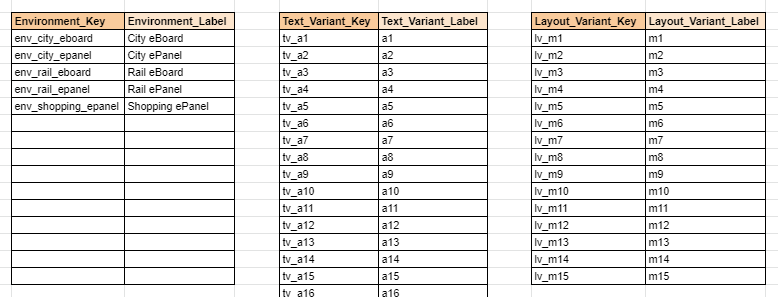
Most important element, a full list of the screens and its locations from the provider. Based on this list we are able to create a unique mechanism of grouping screens based on ID, location, Environment, Format, Post Code so we could use it to create a unique clusters.
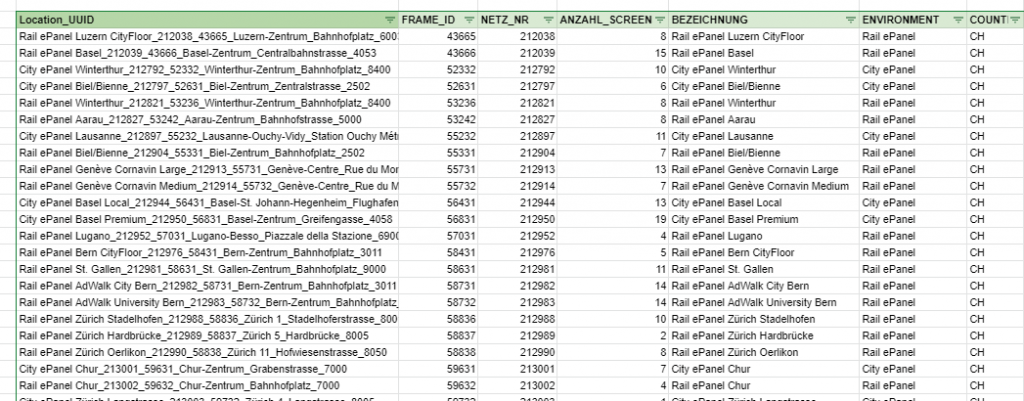
Based on the Screens Location Feed we are able now to create a unique clusters for our campaign. For example we’d like to include screens for few locations that we’d like to advertise.
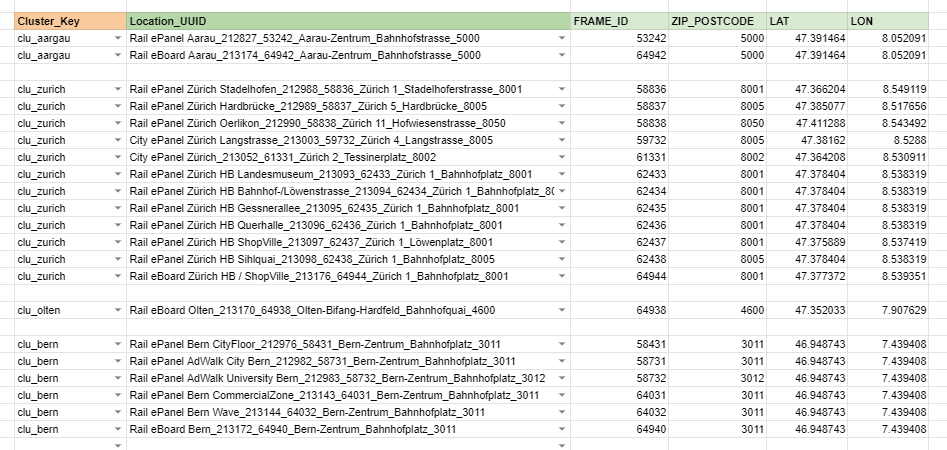
Using clusters, it is crucial to keep the names of the clusters simple, so we could keep everything organized.
If our Rich Media Creatives contain more than just a Video file, we would like to define a separate translation for the content individually. For that purpose, you could define multiple copy text combinations based on multiple factors.
We can have multiple different translations for each of different banner Format, Environment, Location. It really depends on our specific need.
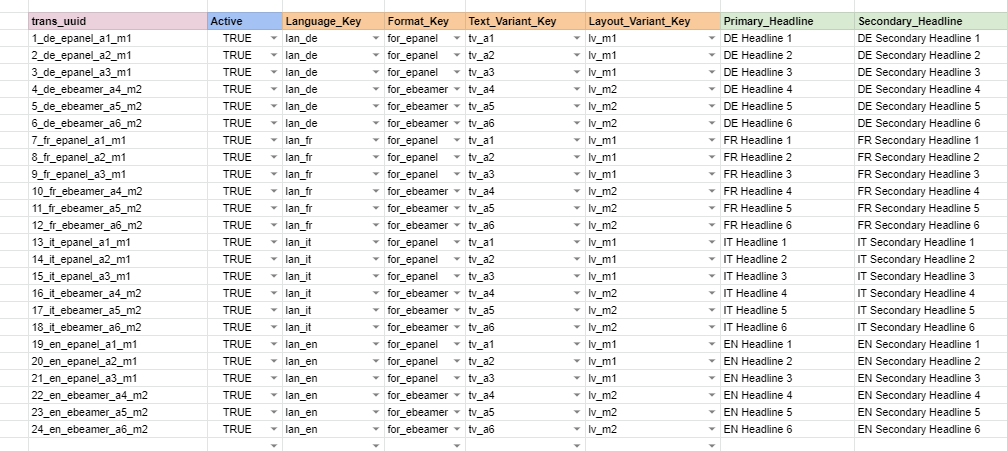
The last and final part, where all previous steps come into one combine entity, is further used as an imported feed for the advertising services.

Structure, column names, values, should follow technical specification for each advertising independently.
The list above contains all necessary key values, which can be used by Ad Operations to control content of the HTML5 creatives.
All unique key identificatory from the Dynamic Feed listed above must be added to the advertiser Dynamic targeting keys.
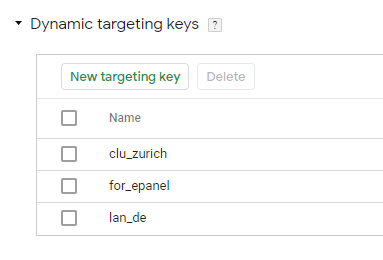
So, then they could be added to the campaign for each Placement individually

Subscribe to our newsletter!

Android 13 Privacy Features: Safeguarding User Privacy in Advertising Compared to iOS Google’s Android 13 is here, and with it comes many privacy updates to improve user...

Google Web Designer and Adobe Animate CC – Learn how you can prepare HTML5 creatives compatible with Google Studio for Google Marketing Platform campaigns.